Results 1,711 to 1,720 of 12096
Thread: Anandtech News
-
03-13-12, 06:00 PM #1711
Anandtech: Google and Mozilla Working on Metro-Enabled Browsers, Opera May Follow Sui
Both Mozilla and Google have confirmed to various sources that they have begun (or are planning to begin) work on Metro-style versions of their Firefox and Chrome browsers for Windows 8. Google also mentioned that it would be tweaking the desktop version of Chrome to make it more touch-friendly on the platform. Opera wouldn't confirm that a touch-enabled version of its browser was in the works, but a spokesman for the company said they they were "currently looking into" it.
Mozilla's Brian Bondy shone some light on how browsers will work in Microsoft's next operating system - while most Metro and desktop apps will be developed and delivered independently of each other, Metro-enabled browsers will apparently be able to piggyback on the installer for the desktop version. They will also be less restricted by the sandbox imposed on most Metro-style apps, though Bondy wasn't sure whether this would affect their ability to be distributed through the Windows Store. Neither Bondy nor the Microsoft whitepaper on Metro-style browser development say whether Metro browsers will be able to use plug-ins like Flash, but given that IE can't while in Metro mode, it doesn't seem likely.
As we noted in our Windows 8 preview, the new operating system comes with both a Metro and a desktop version of Internet Explorer that use the same rendering engine but different interfaces, one optimized for touch and the other for mouse-and-keyboard. We also noted that the desktop and Metro could use different default browsers, and that the Metro version of IE was only accessible if it was set as the default browser - this limitation also apparently affects third-party browsers.
Metro has sometimes elicited negative reactions from longtime Windows users, but Mozilla and Google's early commitment to using the new interface may indicate at least some level of support among third-party developers.
Source: Brian Bondy (Firefox), Mashable (Chrome), Ars Technica (Opera)
More...
-
03-13-12, 09:30 PM #1712
Anandtech: NVIDIA Releases 296.10 GeForce Driver, Introduces Windows 8 Driver Support
NVIDIA has just posted the WHQL-certified GeForce driver 296.10 for Windows 7 and Vista desktops and laptops and Windows XP desktops, and has also released a 296.17 driver specifically for the Windows 8 Consumer Preview. The new driver package replaces the weeks-old 295.73 driver package, and both it and the Windows 8 driver support all GeForce 8, 9, 100, 200, 300, 400, and 500 series cards and IGPs - the desktop versions include support for the DirectX9 6 and 7 series chips, and the laptop versions include support for mobile Quadro products.
A few months usually pass between NVIDIA driver releases, so the list of new stuff is pretty light relative to what we normally get: boosted SLI performance in Blacklight: Retribution, Dirt 3, Dishonored, Dungeon Defenders, F1 2011, and rFactor 2, and 3D vision support for Dear Esther and Deep Black: Reloaded. The Windows 8 driver adds WDDM 1.2 support for that OS. That's it.
You can download all of the drivers from NVIDIA's GeForce driver site, which is linked below.
Source: NVIDIA
More...
-
03-14-12, 02:50 AM #1713
Anandtech: Acer Aspire TimelineU M3: Life on the Kepler Verge
Some of our editors recently had the opportunity to take part in NVIDIA's Editor's Day in California's "sunny" San Francisco to be briefed on new products. While we can't go into any great detail on NVIDIA's new Kepler architecture (as that information is still under embargo), what we can provide you with is a review of Acer's new Aspire TimelineU M3 notebook, complete with a shiny new GeForce GT 640M based on the Kepler architecture.
Of course, that's not all that's interesting about the TimelineU M3. Taking advantage of Intel's expanded ultrabook definition, Acer has produced a 15.6" notebook with a dedicated GPU that's only 20mm thick. At the risk of spoiling the conclusion of the review, we'll say this is one of the most compelling notebooks we've seen yet, even if we're hesitant to call it a true ultrabook.
More...
-
03-14-12, 11:30 AM #1714
Anandtech: Marvell's 3rd Generation 88SS9187 SSD Controller
Today Marvell is announcing its third generation SSD controller with the 88SS9187. Its predecessor, the 88SS9174 was used in many drives including Crucial's m4 and Intel's SSD 510. The 9187 appears to be mostly a feature update, adding support for the following:
- SATA 3.1
- On-chip RAID (allowing for failure of defective NAND block, plane, die or device)
- DDR3 memory interface (up to 1GB external DRAM supported)
- ~500MB/s sequential write speed
- 6Gbps SATA limited sequential read speed
- "best-in-class" random read/write speed
Details are scarce but it sounds like the 9187 is simply a higher performance (potentially lower power?) version of its predecessor. Marvell is expecting the 9187 to be used by manufacturers in Ultrabooks among other designs this year. Marvell's SSD controllers have always been priced competitively, but they've often required a lot of custom firmware work to get the best performance/compatibility/reliability out of them. I see no indication that Marvell's business model has changed, so you can expect to see the 9187 used similarly to its predecessor.
Gallery: Marvell's 3rd Generation 88SS9187 SSD Controller


More...
-
03-14-12, 12:21 PM #1715
Anandtech: HTC Publishes Updated Ice Cream Sandwich Rollout Plans
About a month ago, Brian wrote about HTC's initial Ice Cream Sandwich (ICS) release plans. Yesterday HTC published a blog post which added a few models to the list - the complete list is below:
The models that are new to the list are the DROID Incredible 2 (our review), Raider, Rhyme, and Thunderbolt (our review). The rollout schedule has not changed, though. The first models to get ICS are the Sensation and Sensation XE, and the update should be available within the next few weeks (HTC originally said March). The Sensation 4G and Sensation XL will get ICS shortly after, but other models are still in the nebulous "later this year" category.
- DROID Incredible 2 by HTC
- HTC Amaze 4G
- HTC Desire S
- HTC Desire HD
- HTC EVO 3D
- HTC EVO Design 4G
- HTC Incredible S
- HTC Sensation
- HTC Sensation XL
- HTC Sensation 4G
- HTC Sensation XE
- HTC Raider
- HTC Rezound
- HTC Rhyme
- HTC Thunderbolt
- HTC Vivid
More...
-
03-15-12, 01:50 AM #1716
Anandtech: The Razer Blade Review
Razer is, first and foremost, a gaming company. From the company slogan (“By gamers, for gamers”), to partnerships with a number of the most popular game development studios, even the job title on the CEO’s business card (it reads Chief Gamer), nothing about Razer is shy about who the target market is. But it’s key to note that Razer is a gaming company which has focused on gaming-related peripherals and accessories—mice, keyboards, headsets, controllers, and limited edition peripherals for specific games. But that all changes as of now.
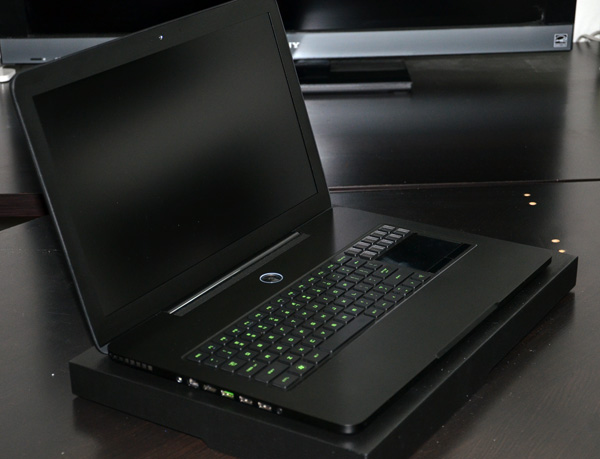
The vessel of change in question: Razer’s new Blade, a 17” gaming laptop that bucks almost all of the common trends in gaming-focused desktop replacements. Heralded by Razer as the “World’s First True Gaming Laptop”, the Blade packs a 2.8GHz Core i7-2640M, Nvidia’s GT 555M dGPU, 8GB of memory, a 256GB SSD, and a 17.3” 1080p display into an enclosure that’s just 0.88” thick and weighs 6.4lbs. If Intel were to extend the ultrabook hardware guidelines out to 17” notebooks, the Blade would hit them pretty dead on. It’s pretty clear right off the bat that Razer wasn’t aiming at the gargantuan six-core SLI notebooks out there—in fact, on paper the Blade looks a bit like the Windows answer to the 17” MacBook Pro.
This isn’t the first time that Razer has shown intent to play in the gaming hardware space, having shown off the impressive Switchblade concept system at CES 2011. The Switchblade design concept clearly had a major influence on the Blade as is evident from the Switchblade UI panel on the side of the keyboard, but what’s important to note with the Blade is that it shows just how serious Razer is about transitioning into PC hardware and gaming systems. Read on to see how it fared.
More...
-
03-15-12, 02:50 AM #1717
Anandtech: iBUYPOWER Erebus GT: Custom Cooling for Less
Boutique gaming desktops are nothing new around here; while enthusiasts may readily dismiss them, it's easy to forget they do serve a purpose and a market beyond the do-it-yourself crowd. There are certain things even a lot of enthusiasts, myself included, aren't able to do that boutiques can; specifically, assembling custom liquid cooling loops. The last one of these we saw was Puget Systems' Deluge, a behemoth of a machine that retailed for more than seven grand.
Today iBUYPOWER is making available a system with many of those same perks at a fraction of the cost. The Erebus GT uses an entirely custom enclosure, has a laser-etched panel window with white LED lighting, and most importantly includes a custom liquid loop attached to a massive top-mounted radiator that cools the CPU and GPU. Can iBUYPOWER deliver a truly compelling boutique build at a reasonable price without cutting any corners? Let's find out.
More...
-
03-15-12, 09:10 AM #1718
Anandtech: Diablo III Coming on May 15
After a few delays and many recitations of Blizzard's "We'll release it when it's ready" mantra, Diablo III finally has a release date: May 15th. On that date, Blizzard's click-heavy action RPG will be available on PC and Mac for $59.99 USD in almost every region. Latin American and Russian players will need to wait until June 7th.
Digital presales for Diablo III start today, World of Warcraft players interested in picking up a free copy may still do so by purchasing a WoW Annual Pass before May 1st.
For interested parties, Blizzard will also be selling a Diablo III Collector’s Edition for $99.99. The retail exclusive package includes a behind-the-scenes Blu-ray/DVD set, a soundtrack CD, a 208-page art book, and a 4GB USB trinket carrying full versions of Diablo II and Diablo II: Lord of Destruction. It will also come with exclusive content for Diablo III, World of Warcraft, and Starcraft II: Wings of Liberty – most likely in-game items along the lines of a WoW minipet.
The press release touts Diablo III’s real money auction house and robust Battle.net-based matchmaking, yet it makes no mention of the planned player-versus-player arena. This is likely because Diablo III will be launching without it. “The PvP game and systems aren’t yet living up to our standards,” Blizzard’s Jay Wilson wrote on Battle.net last week. “After a lot of consideration and discussion, we ultimately felt that delaying the whole game purely for PvP would just be punishing to everyone who’s waiting to enjoy the campaign and core solo/co-op content.”
Source: Blizzard
More...
-
03-15-12, 04:20 PM #1719
Anandtech: Apple's A5X Die (and Size?) Revealed
iFixit saved us all a whole lot of trouble and performed a teardown of the new iPad announced last week. The internals were mostly what we expected, down to the Qualcomm MDM9600 LTE baseband. Despite many of the new iPad's specs being a known quantity prior to launch, there were a few surprises in the teardown.
First and foremost, Apple has moved away from a PoP (Package-on-Package) stack with the A5X SoC and now uses two discrete DRAM devices. The iPad iFixit took apart featured two 512MB Elpida LP-DDR2 devices on the side of the PCB that doesn't feature the A5X (in yellow, below). The A5 SoC featured a dual-channel (2x32-bit) LP-DDR2 memory interface running at up to an 800MHz data rate.
Elpida, like most DRAM manufacturers, does a terrible job of keeping its part number decoders up to date publicly so these two devices (B4064B2MA-8D-F) aren't well documented. The first character in the part number ("B") tells us that we're looking at mobile/low-power DDR2 memory. The next two characters ("40") typically refer to the device density, the 4 in this case likely means 4Gbit while the 0 is a bit odd since it usually refers to DRAM page-size. It's the fourth and fifth characters that are a bit odd to me ("64"). Usually these tell us the width of the DRAM interface, the 64 would imply something that doesn't appear to be true (initial memory bandwidth numbers don't show any increase in memory bandwidth). It's quite possible that I'm reading the part number incorrectly, so if anyone out there has an updated source on Elpida (and other) DRAM part numbers please do share.
As you might have guessed from the fact that Apple now adorns the A5X with a metal heatspreader, Apple has potentially made the shift from a wirebond package to flip-chip. What you're looking at in the shot above with the heatspreader removed is the bottom of the A5X die. If you were to drill down from above you'd see a layer of logic then several metal layers. Moving to a flip-chip BGA package allows for better removal of heat (the active logic is closer to the heatsink), as well as enabling more IO pins/balls on the package itself. Running gold wires from a die to the package quickly becomes a bottleneck as chip complexity increases.
Note that it is possible for Apple to have used flip-chip in the A5 and simply hidden it under the PoP memory stack. Intel's Medfield for example uses a FC-BGA package but will be covered by DRAM in a PoP configuration.
Using the Toshiba eMMC NAND that resides next to the A5X as a reference, we can come up with a rough idea of die size. Based on Toshiba's public documentation, 24nm eMMC 16GB parts measure 12mm x 16mm. Using photoshop and the mystical power of ratios we come up with a rough estimate of 10.8mm x 10.8mm for the A5X die, or 117.5mm^2. If you remember back to our iPad analysis article, we guessed that conservative scaling on a 32nm process would give Apple a ~125mm^2 die for the A5X. While there's a lot of estimation in our methodology, it appears likely that the A5X's die is built on a 28/32nm process - or at least not a 45nm process. Note that this value is entirely dependent on the dimensions of Toshiba's NAND being accurate as well as the photo being as level and distortion-free as possible.
I'll chime in a little later to talk about A5X SoC performance.
Images courtesy iFixit
More...
-
03-16-12, 12:20 AM #1720
Anandtech: HP ZR2740w - High Resolution IPS that Doesn't Break the Bank
Almost 15 years ago I set up my first multiple monitor system, using a 17” and a 15” CRT. At that time it was a very uncommon setup, but now it seems that many people use multiple displays to manage their workspace. No matter how many displays you hook up, there are always some things that benefit from having a single, large, high resolution desktop, such as the spreadsheets that I use for doing display reviews.
27” and 30” displays with 2560 horizontal pixels have been available for a few years now, though the pricing on them has been very high that whole time. Sometimes you can find a display on sale and pick it up for a reasonable price, but typically the cost of entry seems to be right around $1,000 and up. Because of this people are still likely to buy two, or even three, 1920x1200 displays for the same price and run a multi-monitor desktop.
We finally have our first real affordable 27”, high resolution display on the market now, and it comes courtesy of HP. The HP ZR2740w is a 27” IPS panel with 2560x1440 resolution (16:9 aspect ratio) and an LED backlighting system. With a street price that comes in at $700 or below, what has HP done to be able to bring a high resolution display to the masses at a price well below other vendors? Thankfully, they provided me with a unit so I could evaluate it and see.
More...
Thread Information
Users Browsing this Thread
There are currently 50 users browsing this thread. (0 members and 50 guests)




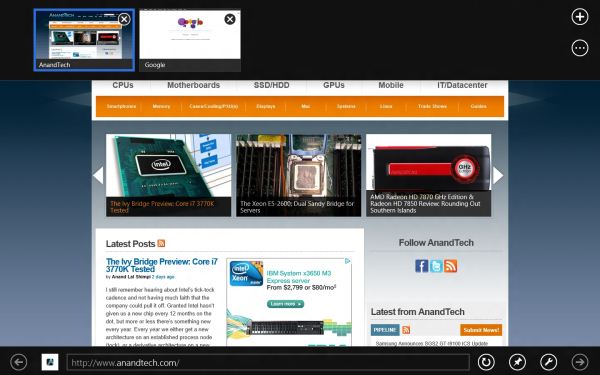

 Quote
Quote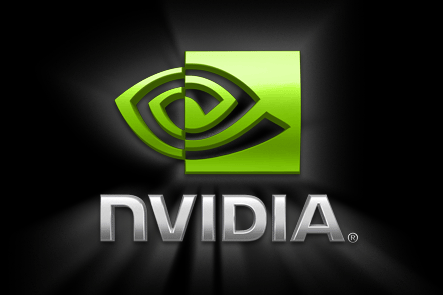
.jpg)
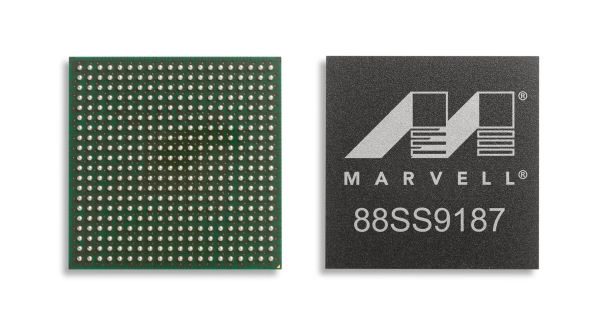



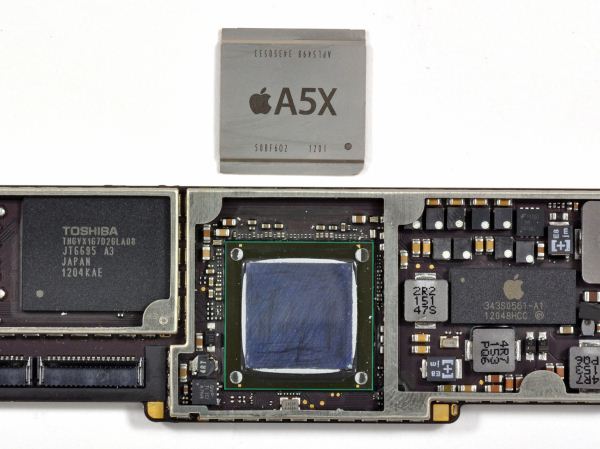
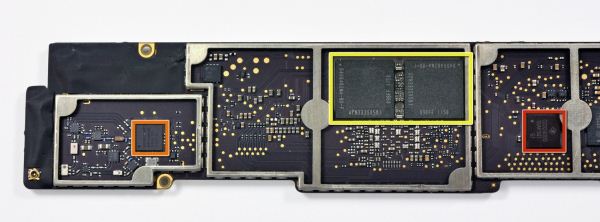
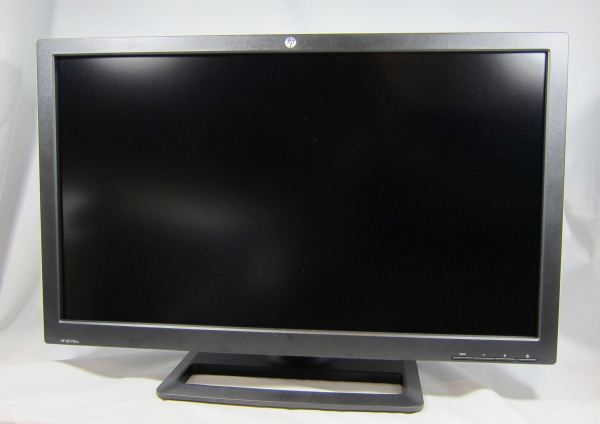
















Bookmarks